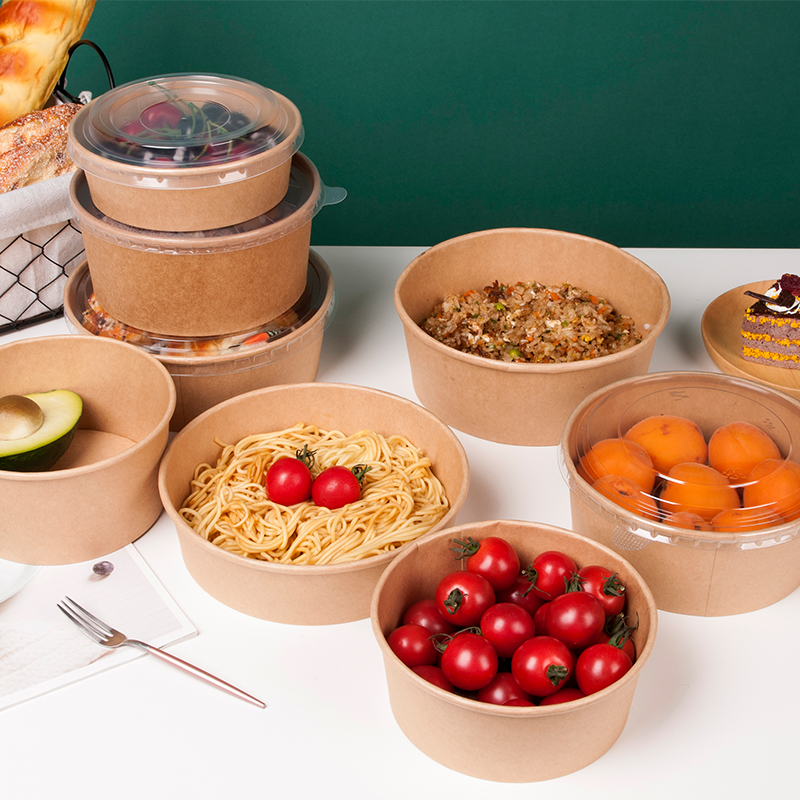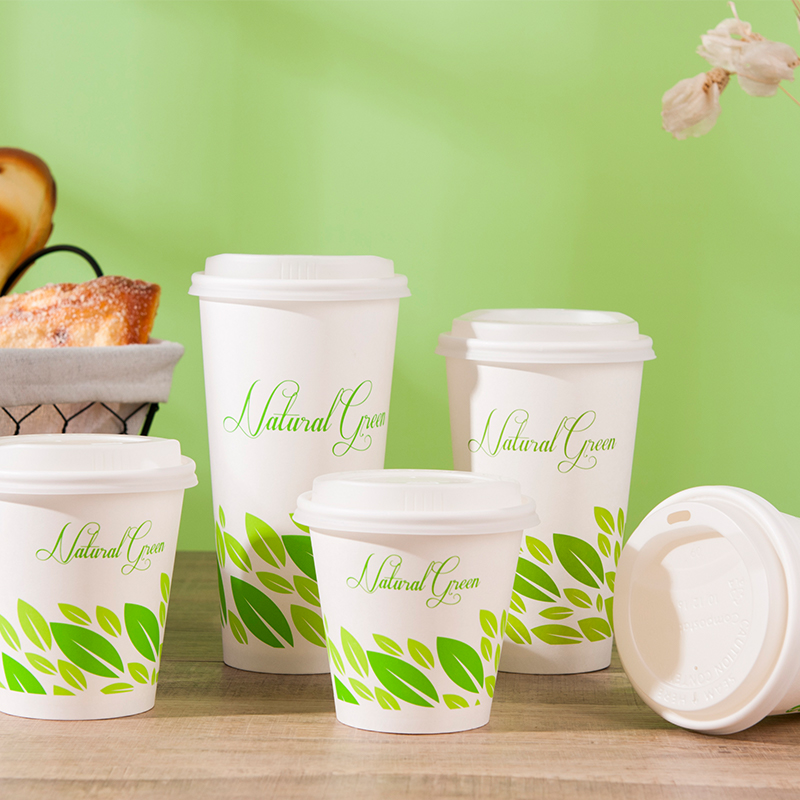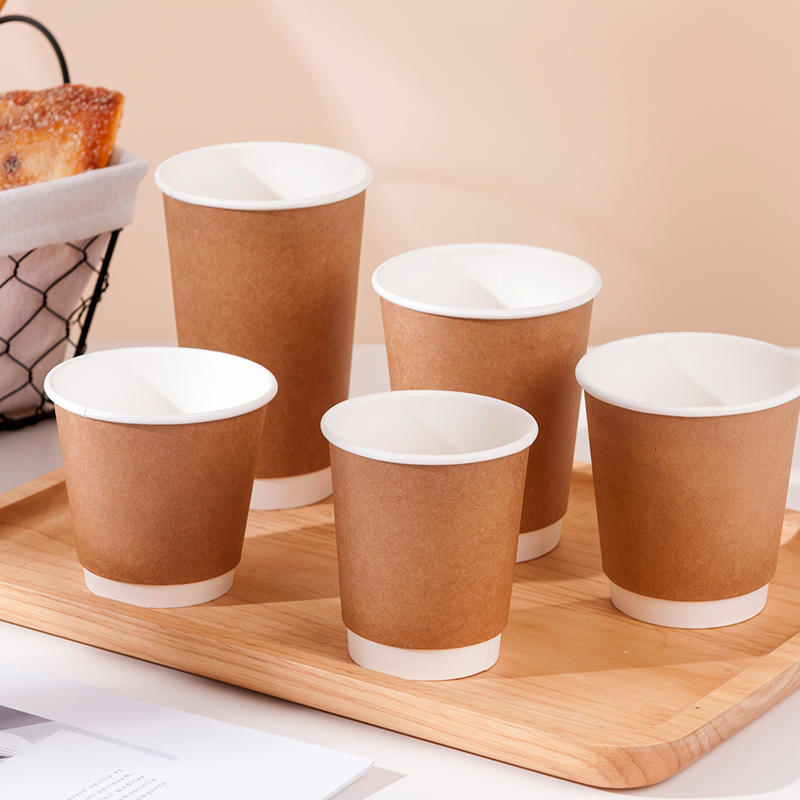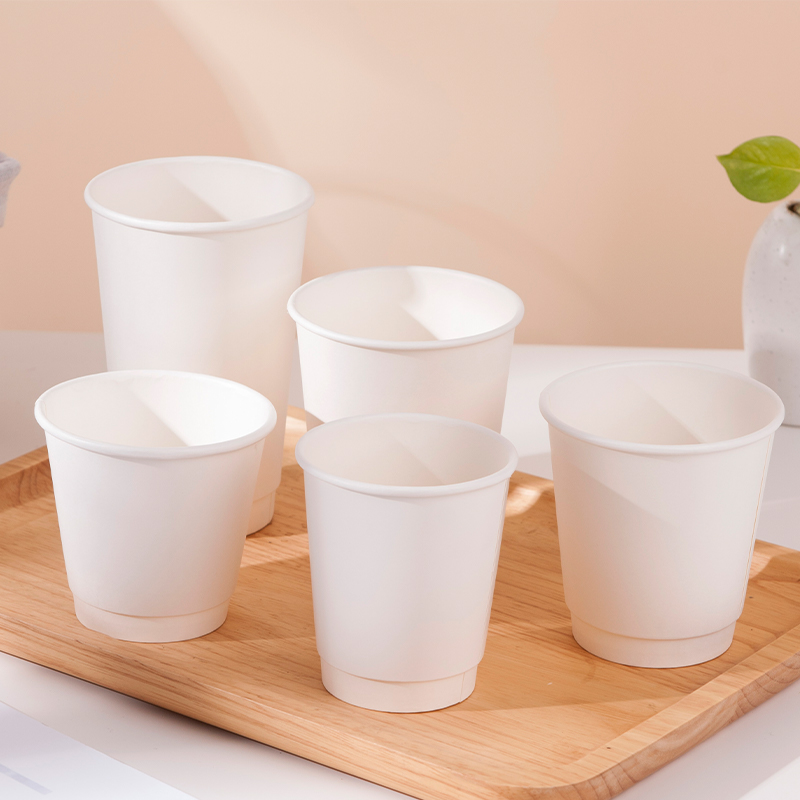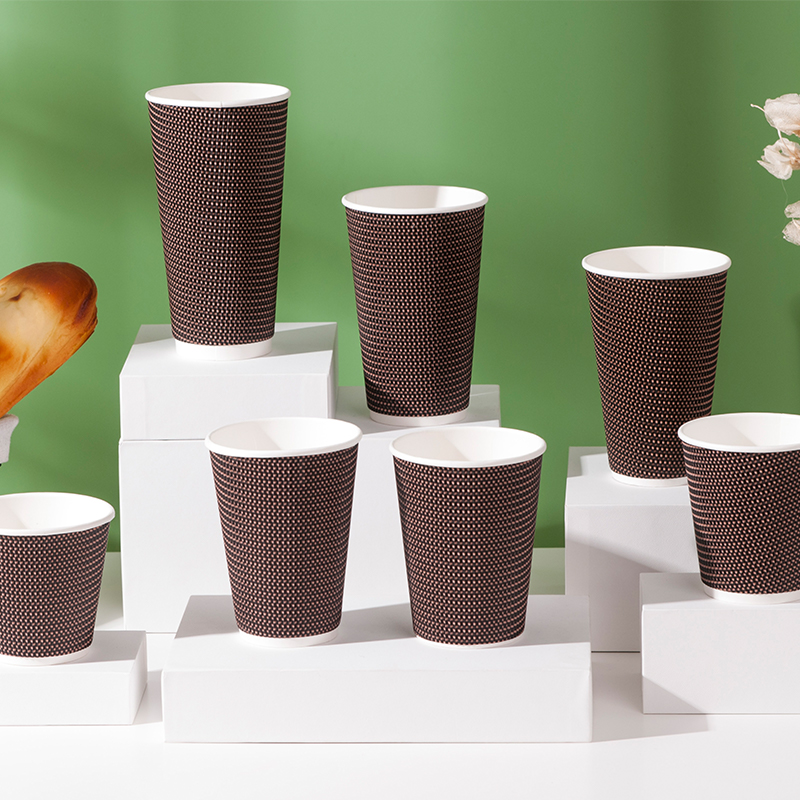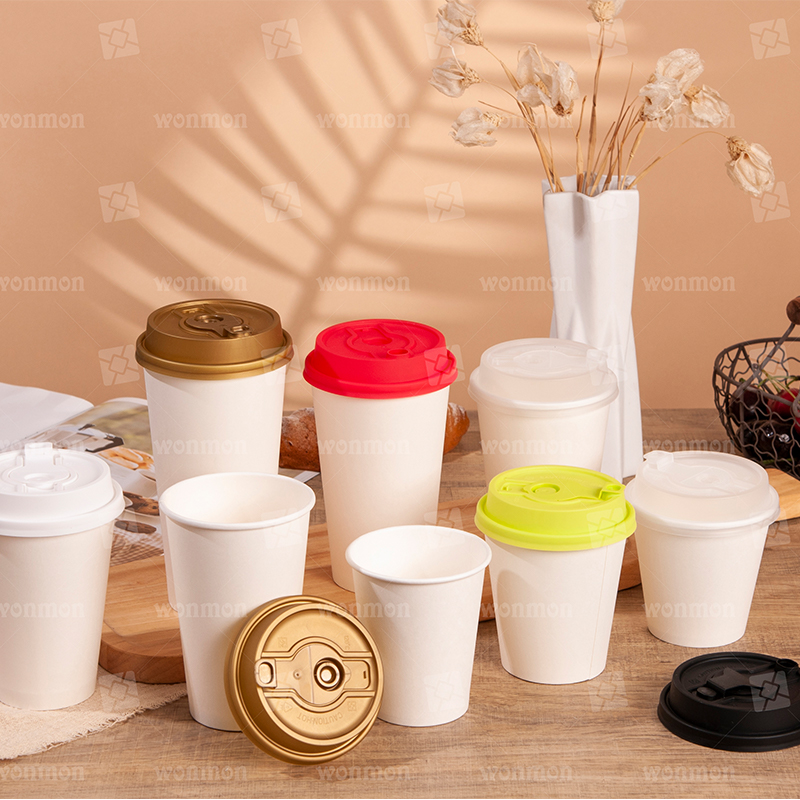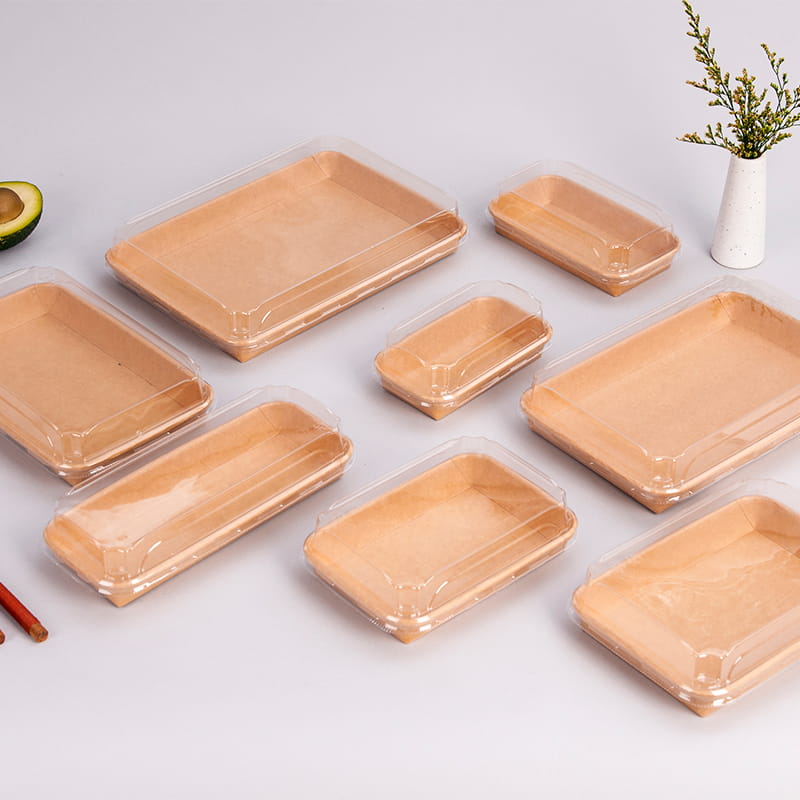Innovations in paper cup design that aim to reduce material thickness while maintaining functionality are part of ongoing efforts to enhance sustainability and reduce the environmental impact of disposable cups. Several strategies and technologies have been employed to achieve this delicate balance:
1. Advanced Materials:
Researchers and manufacturers are exploring advanced materials that provide the same strength and durability as traditional paper cup materials but with reduced thickness. This may include incorporating fibers from alternative sources or using engineered materials that offer superior performance.
2. Microstructural Engineering:
By leveraging microstructural engineering techniques, researchers can optimize the internal structure of the paper cup material. This involves arranging fibers in a way that maximizes strength and rigidity, allowing for thinner layers while maintaining overall performance.
3. Laminating Technologies:
Innovations in laminating technologies involve the application of thin but high-performance layers to the paper cup. This can include coatings or laminates that enhance structural integrity and provide additional functionalities such as improved insulation.
4. Fiber Blends and Composites:
Experimentation with different fiber blends and composite materials allows for the creation of paper cups that require less raw material while retaining key performance attributes. This can involve combining traditional wood fibers with alternative fibers or reinforcing materials.
5. Nanotechnology Applications:
Nanotechnology plays a role in enhancing the properties of paper cup materials at the molecular level. This can result in improved strength, barrier properties, and overall performance, enabling the use of thinner materials.
6. Strategic Reinforcements:
Reinforcing specific areas of the paper cup strategically can compensate for overall material thickness reduction. This targeted reinforcement ensures that critical areas, such as the cup rim, maintain the necessary strength and stability.
7. Engineering for Specific Applications:
Designing paper cups with a focus on their intended applications allows for optimization. Cups designed for specific beverages or conditions can be engineered with reduced material thickness without compromising functionality.
8. Consumer Behavior Considerations:
Innovations also involve understanding consumer behavior and preferences. Designers may identify areas where material thickness can be reduced without affecting the overall user experience, considering factors like grip comfort and perceived cup sturdiness.



 English
English 中文简体
中文简体


